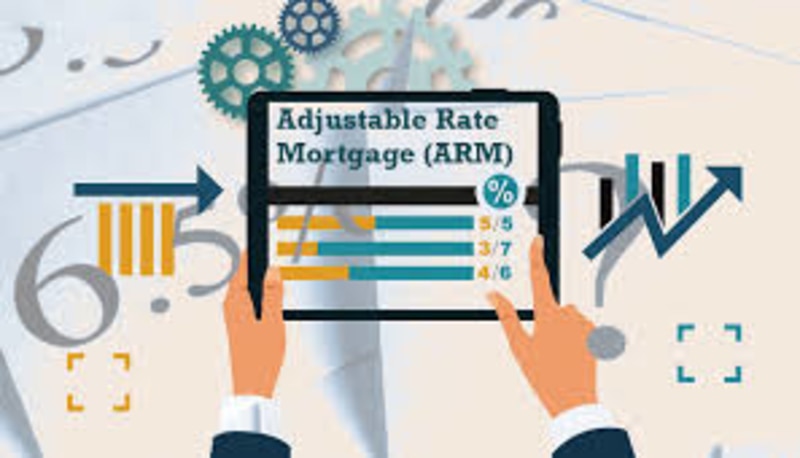Buying a home of your own is an exciting experience – whether it’s your first or your 21st, it signifies an essential change in your life. So, you must select the best mortgage for you and your situation at the time you make this exciting purchase. Which one do you choose, though?
There are plenty of mortgage options from which to choose, so it can be overwhelming if you don’t know what to look for. If you find yourself in this situation and you’re on the verge of a purchase of a lifetime, then here are some of the more common mortgages you may be considering.
Fixed rate
This is usually the most popular option for home-buyers and consists of set interest rates, which means you get predictable monthly payments. These installments can be spread over 15 to 30 years; shorter-term loans usually have lower interest rates because there’s less risk to the lender.
If you go for a 30-year mortgage – which many people do – then the longer-term make your payments more affordable so that you can get a more comfortable payment or higher value home. A 20-year mortgage offers consistent payments too, but you pay it off sooner. A 15-year option has lower interest rates because of the lower risk. You can always refinance a mortgage for a lower rate later on of course.
Adjustable rate (ARM)

The interest rate on these mortgages will fluctuate – but how it changes will depend on what kind of loan you end up getting. Falling interest rates mean owners can take advantage of that without refinancing; rising rates mean larger payments.
Those with a variable rate mortgage will usually see rates change in line with a third-party index plus the lender’s margin and will adjust on a set schedule. Hybrid ARMs have an initial fixed-rate – such as 3/1: three years of fixed interest followed by floating interest rates. Option ARMs offer four choices: set minimum payments, interest-only, 15-year amortizing, or 30-year amortizing payments – you can find out more about amortizing payments here.
High ratio
This is when you, the borrower, have a down-payment of less than 20% – which means that your lender will need to provide a higher ratio of the loan. You will need to get mortgage insurance if you go for this option, and the premium for the insurance can be included in the loan payments. High-ratio mortgages have become the norm in environments with historically low-interest rates.
Convertible
This means that you can move from a variable rate to a fixed rate – or a short term to a longer one – without incurring a penalty. Your interest rate will change to the lender’s current rate for your new term. This could be a good option if you want to have a variable-rate mortgage, but you expect rates to increase.
Related: 11 Ways Taking a Loan Out Can Make Big Positive Changes in Your Life
Portable
This type of mortgage can move with you – so you can take your current one and apply it to another property if you move home. You usually don’t get a penalty for breaking your contract, and you keep the interest rate of your current loan.

